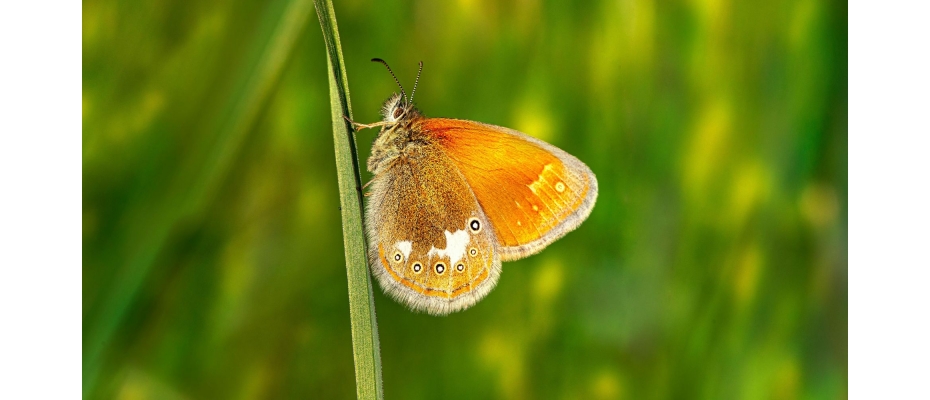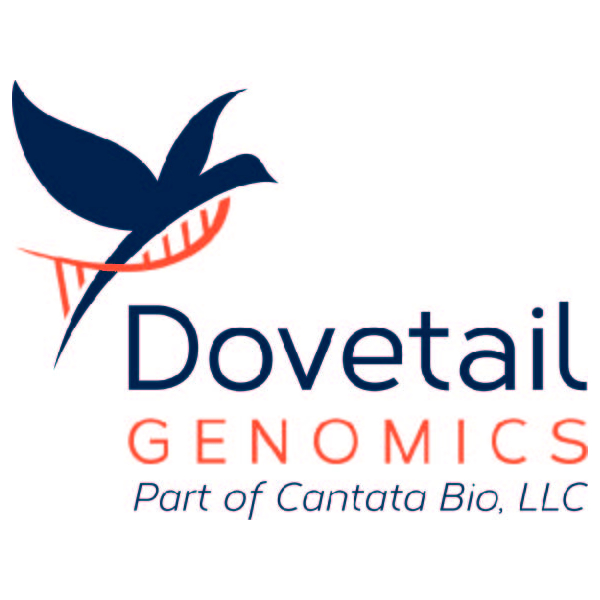
- The European Reference Genome Atlas (ERGA) Pilot Project unites more than 200 researchers from across Europe to produce reference genomes for 98 species, establishing the basis for generating high-quality DNA maps at scale.
- The Centro Nacional de Análisis Genómico (CNAG) in Barcelona is one of the ERGA genome sequencing hubs, responsible for sequencing and assembling genomes of species from Spain and Andorra.
- This local effort supports the European strategy to meet the challenge of the Earth BioGenome Project (EBP), which aims to create a genomic blueprint for 150,000 species around the world.
- The genome or DNA map of a species has become a very useful tool for animal, plant, and fungal conservation policies, as genes hold the keys to understanding how a species can adapt to its environment and survive.
The loss of biodiversity on the planet is one of the major global threats we face today. Currently, over 45,000 species are at risk of extinction (according to the IUCN Red List), with significant repercussions for our ecosystems, human health, bioeconomy, and even our resilience to climate change. In the face of this sixth mass extinction, as experts call it, more than 200 researchers from 33 European countries have decided to adopt the leitmotif 'Better Together' to provide a united response to this international challenge. This is how the European Reference Genome Atlas (ERGA) Pilot Project was born, published today in the journal NJP Biodiversity. This descentralised European network, aimed at generating high-quality reference genomes for species across the continent, is the first step in laying the groundwork for mapping species at scale across Europe.
In Spain and Andorra, the Centro Nacional de Análisis Genómico (CNAG), one of the ERGA genome sequencing hubs, has covered the entire genomic process, from sequencing to chromosome-level assembly and annotation. Located in Barcelona, CNAG has obtained chromosome-level genomes for numerous species, such as the sea sponge Phakellia ventilabrum and the butterflies Coenonympha glycerion and Helleia helle. In total, the Pilot Project has generated high-quality reference genomes for 98 European species. This European effort represents ERGA's first response to the global Earth BioGenome Project (EBP) challenge, which aims to sequence all eukaryotic life on Earth.
CNAG, as a member of the Sequencing and Assembly Committee of ERGA, has also contributed to preparing Europe for the second phase of the Earth BioGenome Project, where the challenge is to sequence 150,000 species worldwide. Establishing sequencing and assembly in a coordinated and scalable manner is crucial for Europe to join this global objective for biodiversity.
According to Marta Gut, PhD, Head of the Sequencing Unit at CNAG: “Using the new collaborative model introduced by the ERGA Pilot Project, CNAG has integrated into a multicenter environment aiming to build a genomic resource on the scale of the Earth BioGenome Project, offering a unique opportunity to explore and protect biodiversity”.

One of the keys to biodiversity is hidden in the DNA of species
The rapid advancement of genomic science has made it a valuable tool for biodiversity conservation. Mapping the genome and uncovering the secrets hidden in the DNA of each species is now possible thanks to next-generation sequencing platforms and complex bioinformatics algorithms. The DNA map of species, with a special focus on the most vulnerable ones, paves the way for biodiversity genomics. This approach enables analyses of species evolution over time and their innate survival capabilities in specific environments, such as their ability to adapt to different temperatures. Despite the availability of these new resources, genomic information is available for only 0.43% of the planet's eukaryotic species, and 63% of that data is of draft quality.
The main goal of the ERGA Pilot Project is to create a high-quality reference genome database for all European animals, plants, and fungi. One of the challenges was finding a balance between decentralization and the need for standardization to ensure the highest possible quality of reference genome assemblies that meet EBP metrics.
“By using a combination of state-of-the-art genomic technologies, we have obtained the highest-quality reference genomes for these species. This genomic information is extremely useful for studying species interactions and their adaptation to the environment,” explains Tyler Alioto, PhD, the Assembly and Annotation Team Leader at CNAG.
To streamline the prioritization of species and track the sample metadata and genomic information available to date, Dr. Tyler Alioto and his team have designed an online tool called the ERGA Genome Tracking Console (ERGA-GTC). This tool facilitates the exchange of information between institutions involved in all aspects of reference genome production as well data repositories, allowing users to quickly determine the level of progress made toward the generation of high-quality reference genomes for any species in the pipeline. ERGA-GTC is now being used by scientists from all 33 European countries participating in the project.
A pioneering initiative for biodiversity in Europe, regardless geographical boundaries
After years of intense community efforts, ERGA reports the success of its Pilot Project, establishing this pioneering network as a model for decentralised, inclusive, and equitable biodiversity genomics initiatives worldwide. The ERGA Pilot emphasised equity and inclusion, aiming to make genomic research and resources accessible to all, regardless of geographical boundaries. This required overcoming significant challenges, such as working on an international scale, navigating the legal and logistical hurdles of shipping biological samples across borders, and addressing resource disparities between countries. These challenges were worth tackling, as the project provided many participating researchers and countries with their first opportunity to actively engage in generating state-of-the-art reference genomic resources for their native biodiversity.
In Spain, in addition to CNAG, a broad network of collaborators participated, including CSIC organizations (Instituto de Biología Evolutiva, Institut Botànic de Barcelona, Museo Nacional de Ciencias Naturales, and Estación Biológica de Doñana), as well as the Barcelona Supercomputing Center, the Institute for Research in Biomedicine, the CIBER of Epidemiology and Public Health, and the Spanish National Bioinformatics Institute.
ARTICLE REFERENCE
Mc Cartney, Ann M., et al. ‘The European Reference Genome Atlas: Piloting a Decentralised Approach to Equitable Biodiversity Genomics’. Npj Biodiversity, vol. 3, no. 1, Sept. 2024, pp. 1–17. www.nature.com, https://doi.org/10.1038/s44185-024-00054-6.
IMAGES
Photo 1. The butterfly Coenonympha glycerion, one of the species that has been part of the ERGA Pilot Project (photo by Erik Karits from Pexels).
Photo 2. CNAG Team (from left to the right: Tyler Alioto, Marta Gut, Fernando Cruz and Jèssica Gòmez-Garrido).











